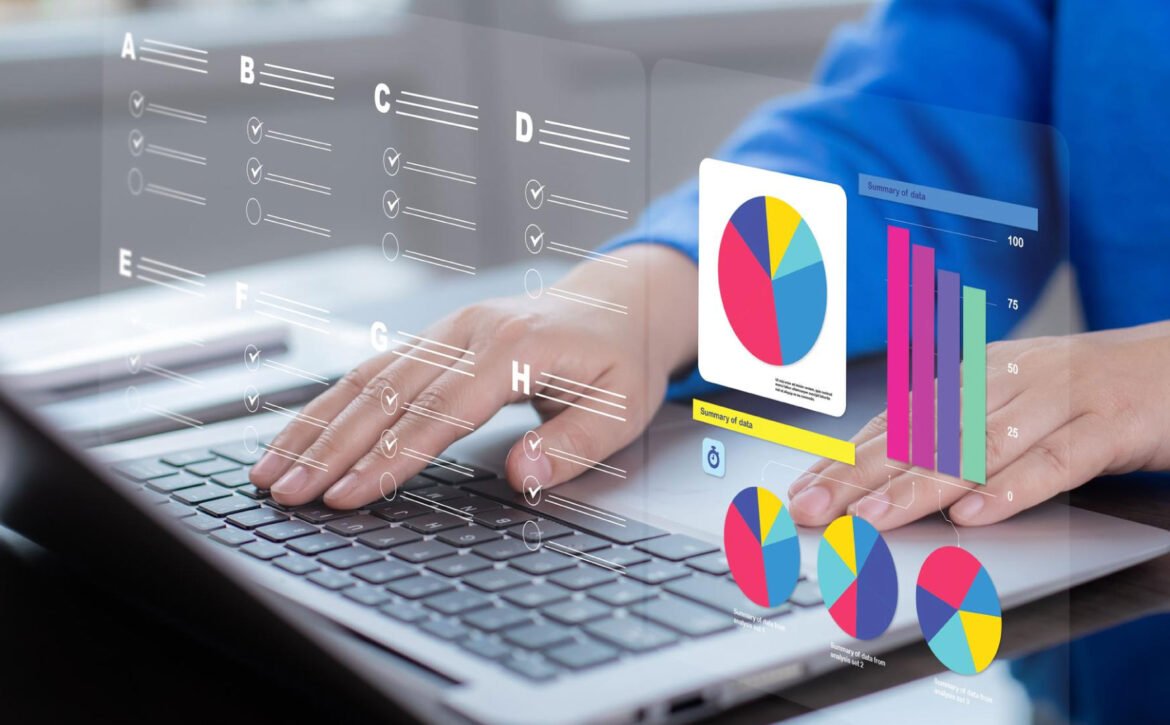Identifying and Converting Sales Qualified Leads in B2B Marketing
Boost B2B marketing success by identifying and converting sales-qualified leads. Discover strategies to engage, nurture, and close high-potential prospects effectively.
Table of Content
1. The Importance of Identifying B2B SQLs
2. Key Challenges in Identifying SQLs in B2B Marketing
2.1. Defining Clear Criteria
2.2. Data Overload
2.3. Longer Sales Cycles
2.4. Lack of Cross-Departmental Alignment
3. Strategies for Effectively Identifying B2B SQLs
3.1. Establish Clear Criteria for SQLs
3.2. Use Lead Scoring Systems
3.3. Leverage Intent Data
3.4. Align Marketing and Sales Teams
4. Best Practices for Converting SQLs
4.1. Personalize Your Sales Outreach
4.2. Provide Value-Driven Content
4.3. Timely Follow-Ups
One of the main challenges that organizations face while operating in the highly competitive environment within B2B marketing is the problem of defining and converting Sales-Qualified Leads (SQLs).
In the marketing realm, SQLs are potential customers who have passed the awareness stage and have an interest in buying a particular product or service. This justifies why converting these leads has to be done meticulously to support revenue growth.
For the B2B marketers and sales team, it is convenient to define high probability SQLs since the time and resources can then be directed to such leads instead of ‘chasing shadows’. This means that by focusing on SQLs, the respective teams would be able to secure more deals and, in the process, bring growth and success to the business.
In today’s exclusive SalesMark Global blog, we intend to elaborate on the definition of B2B sales-qualified leads, the difficulties of prospecting them, and how to properly qualify them.
1. The Importance of Identifying B2B SQLs
Identifying SQLs ensures that your sales team focuses on leads more likely to convert, saving time and resources.
According to a study by HubSpot, companies that prioritize lead management practices, including SQL identification, see a 50% increase in sales-ready leads. Misidentifying leads or failing to act on SQLs on time can result in lost opportunities.
SQLs are further along the buyer’s journey, exhibiting strong buying intent through behaviors such as requesting demos or pricing information. By accurately specifying these leads, B2B marketing businesses can allocate their resources more effectively, reduce wasted effort on unqualified leads, and shorten sales cycles.
2. Key Challenges in Identifying SQLs in B2B Marketing
Identifying sales-qualified leads can be a tricky task as it requires recognizing subtle buying signals and differentiating between interest and intent.
In a recent report by a global survey, it was witnessed that 56% of marketers and sales professionals neglect key challenges such as unclear criteria, data overload, and poor alignment between teams, leading to missed opportunities and inefficient resource allocation.
Let’s dive in for a deeper understanding of the subject:
2.1. Defining Clear Criteria
Different industries and businesses have varying definitions of what constitutes an SQL. Without a clear and aligned framework, sales and marketing teams may have conflicting views, leading to wasted efforts.
2.2. Data Overload
With so many data points from multiple sources, identifying true buying intent can be difficult. B2B marketers often deal with large volumes of information, making it hard to distinguish casual interest from genuine readiness to buy.
2.3. Longer Sales Cycles
B2B sales cycles are typically longer compared to B2C. Therefore, for marketing and sales professionals, this cycle can be hard to distinguish and find good-quality leads that generally move slowly through the funnel when compared to those that are ready to engage with sales.
2.4. Lack of Cross-Departmental Alignment
Marketing and sales teams may not always have a seamless way to exchange information. Without alignment, leads can either be passed too soon or too late, reducing the chances of a successful conversion.
3 Strategies for Effectively Identifying B2B SQLs
After understanding the key challenges, it’s time to implement the right strategies that will aid in identifying B2B SQLs that will help boost conversion rates and optimize sales efforts.
Let’s dive in to get a glimpse of these criteria:
3.1. Establish Clear Criteria for SQLs
Defining a clear set of behaviors or actions that qualify someone as an SQL is essential. This can include requesting a product demo, asking for a pricing quote, signing up for a free trial, and frequent visits to pricing pages or case studies. You can further use data from previous successful conversions to identify key touchpoints that signify readiness to buy.
3.2. Use Lead Scoring Systems
A lead scoring system can help by assigning numerical values to different actions a lead takes. Engagement here means the level of participation the prospect has demonstrated, and this is the basis for ranking scores.
Forrester Research shows that establishing and using lead scoring can result in an approximate 30% uptick in the close rates of deals. By synchronization of a CRM system for tracking lead activity and making changes to the lead score definition where appropriate.
3.3. Leverage Intent Data
Intent data reveals the topics and products that potential leads are actively researching. In this way, the probability of identifying the leads that display the intentions to buy your product is higher. To be specific, the Demand Gen Report revealed that 68% of B2B organizations leverage intent data to generate better leads. It is also possible to work with some data providers who offer intent data and then use the same to cultivate high-intent leads into the funnel.
3.4. Align Marketing and Sales Teams
The alignment between sales and marketing teams is crucial for B2B success. When both teams have a shared understanding of the criteria for SQLs and work collaboratively to nurture leads, conversions improve. Studies by Marketo indicate that sales and marketing alignment can result in 209% higher revenue from marketing efforts. With regular alignment meetings, both teams can discuss lead quality, review performance metrics, and fine-tune the SQL handoff process.
4. Best Practices for Converting SQLs
Once you have identified SQLs, the next step is converting them. Here is how to do it effectively:
4.1. Personalize Your Sales Outreach
Personalization makes a prospect see that you have gone through their needs and understood their problems. Salesforce ECM reveals that 72% of business buyers expect vendors to possess formal knowledge of their operations. It means you can warmly communicate with your client within the framework of his/her business and potential pains that will help you generate quality sales leads.
4.2. Provide Value-Driven Content
Prospects at this SQL stage are interested in information that encourages them to make the right purchasing decisions. Using case studies, ROI calculating tools, and product demonstrations, you can deliver value and affirm their purchasing decisions. You can also go further sharing case solutions that are of more concern to the prospect, for example, industry and problems that are familiar to the company.
4.3. Timely Follow-Ups
Following up with SQLs on time is critical. Research by Velocify shows that calling within the first minute of receiving a lead boosts conversion rates by 391%. After the initial engagement, continuous follow-up within a structured context is essential.
In B2B marketing, success lies in the ability to identify and convert SQLs efficiently. By designating clear criteria, leveraging data, aligning sales and marketing teams, and personalizing the buyer’s journey, B2B businesses can improve their lead conversion rates. Even focusing on these strategies will ultimately lead to more revenue and stronger client relationships.
Further implementing the above best practices can transform your B2B marketing efforts, ensuring that you are focusing on the leads most likely to convert and, in turn, grow your bottom line.










